Home>Interior Design>The 7 Design Mistakes To Avoid In A Small Home Office
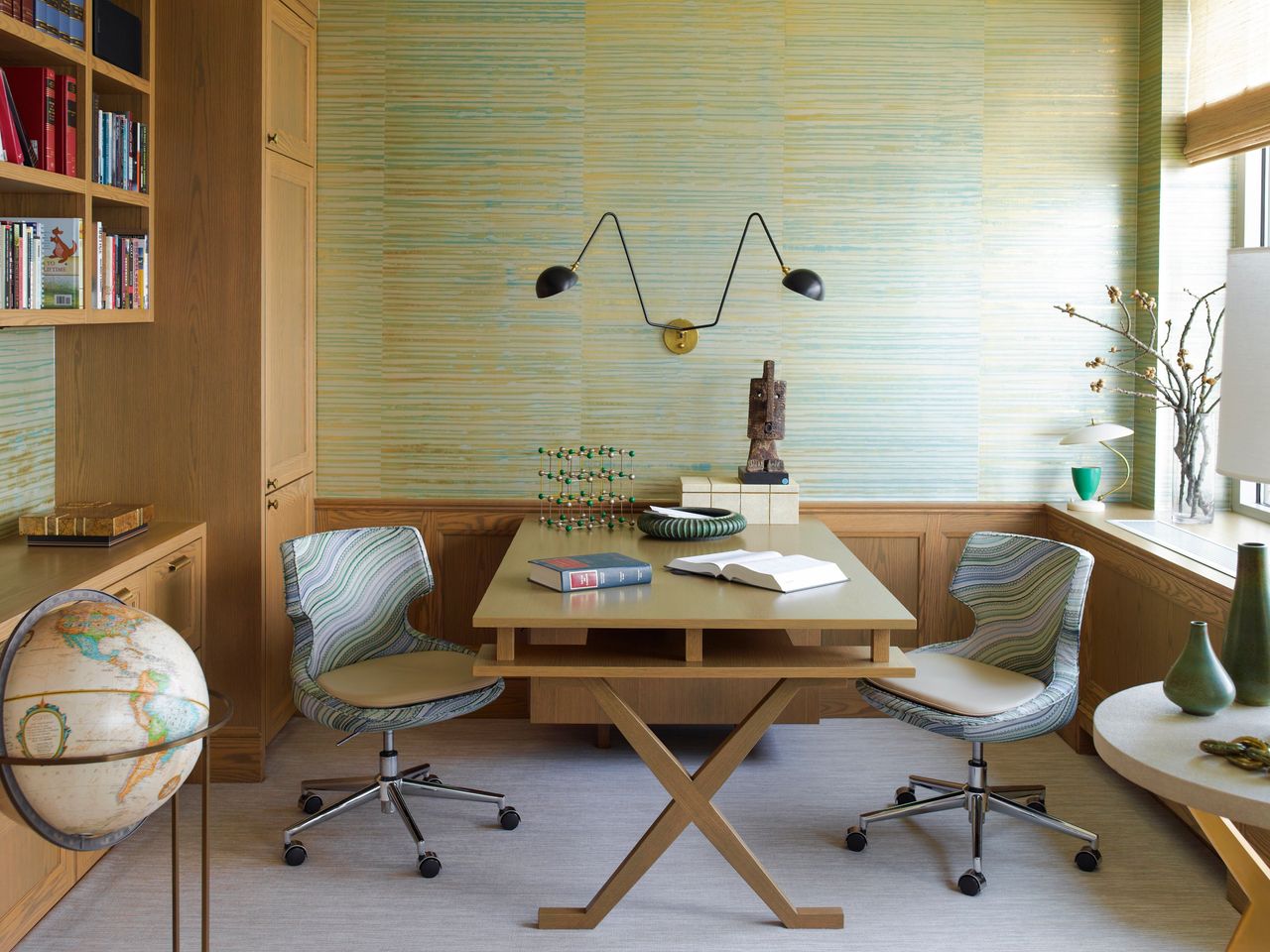

Interior Design
The 7 Design Mistakes To Avoid In A Small Home Office
Modified: January 23, 2024
Avoid these 7 design mistakes in your small home office to create the perfect interior design. Transform your workspace with these valuable tips.
(Many of the links in this article redirect to a specific reviewed product. Your purchase of these products through affiliate links helps to generate commission for Storables.com, at no extra cost. Learn more)
The 7 Design Mistakes to Avoid in a Small Home Office
Setting up a small home office can be a challenging task, especially when you have limited space. However, with careful planning and the right design choices, you can create a functional and inspiring workspace that maximizes productivity. To help you avoid common pitfalls, here are seven design mistakes to watch out for when designing your small home office.
1. Insufficient Lighting
One of the most critical aspects of a well-designed home office is proper lighting. Inadequate lighting can strain your eyes and make it difficult to focus on your work. Avoid relying solely on overhead lighting and consider incorporating a combination of natural light, task lighting, and ambient lighting. Utilize desk lamps, floor lamps, and even pendant lights to create a well-lit and comfortable environment.
2. Inadequate Storage Solutions
A cluttered and disorganized workspace can hinder productivity. Avoid the mistake of neglecting proper storage solutions in your small home office. Optimize your space by using floating shelves, wall-mounted cabinets, or multi-functional furniture with built-in storage. Utilize organizers, file cabinets, and storage boxes to keep your supplies, documents, and equipment neatly sorted and easily accessible.
3. Poor Furniture Placement
The layout and arrangement of furniture in your small home office can significantly impact your workflow. Avoid the mistake of placing furniture haphazardly. Prioritize functionality by ensuring easy access to your work surface, storage, and essential equipment. Consider utilizing space-saving furniture such as wall-mounted desks or compact workstations to make the most of your limited space.
4. Lack of Ergonomic Setup
An ergonomic workspace is essential for your comfort and well-being. Neglecting ergonomics can lead to posture problems and physical discomfort. Invest in a comfortable chair that provides adequate lumbar support. Position your monitor at eye level and use a keyboard and mouse that allow for neutral wrist position. Incorporate ergonomic accessories like wrist rests and footrests to promote proper posture and reduce strain.
5. Cluttered Workspace
A cluttered workspace can create distractions and impede your ability to concentrate. Avoid the mistake of neglecting regular decluttering in your small home office. Keep surfaces clear by organizing cables, using cable management solutions, and implementing desk organizers for pens, papers, and other supplies. Minimize visual clutter by keeping only essential items on your desk and storing the rest out of sight.
6. Neglecting Color and Décor
The right color scheme and décor can significantly impact the ambiance and productivity of your home office. Avoid the mistake of neglecting this aspect of design. Choose a color palette that promotes focus and creativity, such as calming neutrals or energizing accents. Incorporate inspiring artwork, plants, or motivational quotes to create a visually appealing and motivating workspace.
7. Ignoring Technology Needs
In the digital age, technology plays a vital role in almost every home office. Avoid the mistake of ignoring your technology needs. Ensure that your workspace has sufficient power outlets and cable management to accommodate your devices. Invest in a reliable internet connection and consider wireless solutions to reduce cable clutter. Keep your technology organized and easily accessible with cable organizers and device charging stations.
Avoiding these common design mistakes will help you create an efficient, comfortable, and visually pleasing small home office. By prioritizing proper lighting, storage solutions, furniture placement, ergonomics, organization, color and décor, and technology needs, you can optimize your productivity and enjoy a space that inspires creativity and success.
The 7 Design Mistakes to Avoid in a Small Home Office
1. Insufficient Lighting
Lighting is a crucial aspect of any workspace, including a small home office. Insufficient lighting can lead to eye strain, fatigue, and decreased productivity. To avoid this design mistake, it’s essential to prioritize proper lighting in your small home office.
Firstly, make the most of natural light by positioning your desk near a window. Natural light not only provides a pleasant ambiance but also helps reduce the strain on your eyes. If natural light is limited, consider using sheer curtains or blinds that can brighten the space without sacrificing privacy.
In addition to natural light, incorporate artificial lighting to supplement or replace it when needed. Overhead lighting alone may not be sufficient, so consider using a combination of ambient lighting, task lighting, and accent lighting. Incorporate a desk lamp or floor lamp to provide focused light directly onto your work surface. This will help prevent shadows and ensure that you have adequate illumination for your tasks.
When choosing light fixtures, opt for bulbs that mimic natural daylight to create a bright, energizing atmosphere. LED lights are energy-efficient and provide excellent illumination. Additionally, consider adjustable fixtures that allow you to control the direction and intensity of the light.
Properly positioning your lights is also crucial. Avoid placing lights behind you, as this can create glare on your screen or workspace. Instead, position the lights to your side or in front of you to minimize shadows and provide a well-lit area for your work.
Lastly, consider your lighting needs throughout the day. If you work late hours, incorporate dimmable lighting options that allow you to control the brightness and create a more relaxed environment when needed.
By prioritizing sufficient and well-planned lighting, you can create a small home office that is visually appealing, comfortable, and conducive to productivity. Don’t underestimate the impact that proper lighting can have on your focus, mood, and overall work experience.
The 7 Design Mistakes to Avoid in a Small Home Office
2. Inadequate Storage Solutions
In a small home office, effective storage solutions are crucial for maintaining a tidy and organized workspace. Limited storage options can result in cluttered surfaces and difficulty finding essential items, which can negatively impact productivity. To avoid this design mistake, it’s important to incorporate adequate storage solutions in your small home office.
Start by assessing your storage needs and identifying the specific items you need to store. Consider the different types of storage options available, such as shelves, cabinets, drawers, and organizers, and determine which ones would best suit your requirements and available space.
One space-saving storage solution is to utilize vertical space. Install floating shelves or wall-mounted cabinets to maximize storage without taking up valuable floor space. This allows you to store books, binders, and other items off your desk, keeping the surface clear for work.
Multi-functional furniture can also be a great way to incorporate storage into your small home office. Look for desks or workstations that feature built-in drawers or shelves to store office supplies and documents. Use filing cabinets or storage ottomans that can double as seating to keep the room tidy while providing additional storage space.
Organizers and containers are essential for keeping smaller items organized and easily accessible. Use desk organizers for pens, pencils, and other stationery items, and invest in file folders or holders for important documents. Labeling boxes and storage containers can help you quickly identify their contents, making it easier to find what you need when you need it.
To maintain an organized workspace, regularly declutter and purge unnecessary items. Take the time to go through your belongings and get rid of anything that no longer serves a purpose or is taking up valuable space. Remember, less clutter means less time wasted searching for items and more time focusing on your work.
By implementing adequate storage solutions in your small home office, you can create a well-organized and efficient workspace. Utilizing vertical space, incorporating multi-functional furniture, and investing in organizers will help you minimize clutter and keep your essential items easily accessible, resulting in improved productivity and a more enjoyable work environment.
The 7 Design Mistakes to Avoid in a Small Home Office
3. Poor Furniture Placement
The placement and layout of furniture in your small home office can greatly impact the functionality and flow of the space. Poor furniture placement can result in cramped and inefficient work areas, hindering productivity. To avoid this design mistake, it’s important to carefully consider the placement of furniture in your small home office.
Start by assessing the available space and determining the most logical and functional arrangement. Keep in mind the activities you’ll be performing in your home office and prioritize easy access to your work surface, storage, and essential equipment.
When it comes to your desk, position it near a source of natural light if possible. This not only provides a pleasant work environment but also helps reduce eye strain. Ensure there’s enough space for your chair to comfortably fit and for you to move around without feeling cramped.
If your space is limited, consider using space-saving furniture solutions. Wall-mounted desks or foldable desks can be great options as they can be easily tucked away when not in use, freeing up valuable floor space.
Another consideration is the placement of storage furniture. Cabinets, shelves, and drawers should be positioned within easy reach of your workspace to minimize the need for excessive movement or stretching. This will make it more convenient to access supplies and materials throughout your workday.
It’s also important to consider the traffic flow in your home office. Ensure that furniture placement does not obstruct pathways or impede movement within the space. This will create a more open and comfortable environment.
Don’t forget to consider the ergonomics of your furniture placement as well. Position your computer monitor at eye level to avoid straining your neck and adjust your chair to the proper height to maintain good posture. Incorporate ergonomic accessories such as a keyboard tray or wrist rest to support proper typing and minimize strain on your wrists and arms.
By carefully planning and considering the placement of furniture in your small home office, you can create an efficient, comfortable, and visually pleasing workspace. Prioritizing functionality, accessibility, traffic flow, and ergonomics will help you optimize your productivity and make the most of your limited space.
The 7 Design Mistakes to Avoid in a Small Home Office
4. Lack of Ergonomic Setup
An ergonomic setup is essential for maintaining comfort and preventing physical strain in a home office, regardless of its size. Neglecting the importance of ergonomics can lead to discomfort, fatigue, and even long-term health issues. To avoid this design mistake, it is crucial to prioritize an ergonomic setup in your small home office.
Start by investing in a comfortable and supportive chair. Look for an adjustable chair with proper lumbar support to maintain a neutral spine position. Your feet should comfortably rest flat on the floor, so consider using a footrest if necessary. Avoid chairs that are too soft or lack proper back support as they can contribute to poor posture.
Position your desk at the correct height to ensure proper ergonomics. Your elbows should be at a 90-degree angle when typing, and your wrists should be in a neutral position. Consider using an adjustable desk or a keyboard tray to achieve the optimal height. If you use a laptop, use a separate keyboard and mouse to position them at the right level while keeping the screen at eye level by using a laptop stand or stack of books.
Take care to position your computer monitor at eye level to avoid straining your neck. Using a monitor stand or adjustable arm can help achieve the ideal height. Also, make sure that your screen is at an appropriate distance to reduce eye strain – typically about an arm’s length away.
Don’t overlook the importance of proper lighting in an ergonomic setup. Insufficient lighting can strain your eyes and lead to discomfort. Natural light is ideal, but if it’s not available, make sure to use task lighting to adequately illuminate your workspace without causing glare or shadows on your screen.
Think about the placement of your frequently used objects. Keep items such as your phone, notebooks, and pens within easy reach to avoid excessive stretching or reaching. Use desk organizers and drawers to keep your supplies organized and close at hand.
Regular breaks and movement are also important for maintaining good ergonomics. Take short breaks every hour to stand up, stretch, and move around. Incorporate standing or active workstations if space permits to promote better circulation and alleviate any prolonged sitting discomfort.
By prioritizing an ergonomic setup in your small home office, you can create a comfortable and productive workspace. It’s worth investing in the right furniture, considering proper desk and monitor positioning, and establishing good habits that support your well-being. Taking care of your physical health and comfort will contribute to long-term productivity and enjoyment in your small home office.
The 7 Design Mistakes to Avoid in a Small Home Office
5. Cluttered Workspace
A cluttered workspace can greatly impact your productivity and ability to focus in a small home office. It can create visual distractions, make it difficult to locate essential items, and contribute to a sense of overwhelm. To avoid this design mistake, it’s crucial to prioritize organization and maintain a clutter-free workspace in your small home office.
The first step to decluttering your workspace is to assess your needs and identify the necessary items. Get rid of any unnecessary or redundant items that are taking up valuable space. Keep only the essentials within arm’s reach, such as your computer, notepad, pens, and other tools you use regularly.
Incorporate storage solutions to keep your workspace organized. Use desk organizers for pens, paperclips, and other small office supplies. Utilize shelves, cabinets, or drawers to store larger items, books, and documents. Keep cables and cords neatly managed and out of sight using cable clips or cable management solutions.
Establish a system for sorting and filing paperwork to prevent piles from accumulating on your desk. Use labels or color-coding to make it easy to find and access important documents when needed. Consider going digital and using cloud storage or a digital filing system to further minimize physical clutter.
Regularly schedule time for decluttering and tidying up your workspace. Take a few minutes at the end of each day to clear your desk and put away any items that may have accumulated throughout the day. This will help you start each day fresh and maintain a clean and organized workspace.
Consider implementing a minimalist approach to your overall office design. Choose furniture and accessories that have a clean and streamlined aesthetic. Minimize the number of decorative items to reduce visual clutter and create a more focused and serene environment.
Remember, a cluttered space can lead to a cluttered mind. By maintaining a clutter-free workspace, you can improve your focus, productivity, and overall enjoyment of your small home office.
The 7 Design Mistakes to Avoid in a Small Home Office
6. Neglecting Color and Décor
When designing a small home office, it’s easy to solely prioritize functionality and overlook the importance of color and décor. However, neglecting these aspects can result in a sterile and uninspiring workspace. Adding thoughtful touches of color and décor can greatly enhance the ambiance and productivity in your small home office.
Start by choosing a color palette that resonates with you and promotes the desired atmosphere. Consider colors that inspire focus and creativity, such as calming neutrals or invigorating pops of color. Soft blues, greens, or soothing grays can create a sense of tranquility, while vibrant yellows or energetic oranges can add a burst of energy. Experiment with different color combinations and find what works best for you and your work style.
Incorporating artwork can also make a significant impact on the overall aesthetics of your home office. Choose pieces that inspire you or reflect your personal interests. Hang motivational prints, landscapes, or abstract art to add visual interest and create a more pleasurable working environment. You can even create a gallery wall using frames of different sizes and styles to showcase your favorite pieces.
Plants can breathe life into your workspace and provide numerous benefits, including improving air quality and boosting mood. Depending on the available space, consider adding succulents, small potted plants, or low-maintenance plants like pothos or snake plants. These green accents help create a refreshing and calming atmosphere while adding a touch of nature to your small home office.
Don’t forget about the impact of lighting fixtures as part of the décor in your office. Choose lighting fixtures that align with the overall style and theme of your workspace. Whether it’s modern, industrial, or minimalist, select fixtures that complement the aesthetics and enhance the overall ambience.
Inject your own personality into the space with decorative items, such as stylish desk accessories or unique bookends. Display items that have personal meaning or remind you of your goals and aspirations. Consider incorporating small decorative objects or meaningful quotes that inspire you and create a positive mindset.
Remember, the key is to strike a balance between adding touches of color and décor without overwhelming the space. Be mindful of the limited space in a small home office. By incorporating a carefully curated selection of colors, artwork, plants, and decorative items, you can transform your small home office into an inviting and inspiring workspace.
The 7 Design Mistakes to Avoid in a Small Home Office
7. Ignoring Technology Needs
In today’s digital age, technology plays a pivotal role in almost every home office. Ignoring your technology needs can lead to a disorganized workspace and hinder your productivity. To avoid this design mistake, it’s crucial to prioritize and incorporate technology solutions in your small home office.
Start by evaluating your specific technology requirements. Consider the devices and equipment you use regularly, such as computers, printers, scanners, and other peripherals. Determine how many electrical outlets you’ll need and ensure they are conveniently located near your workspace.
Ensure that your workspace is equipped with a reliable internet connection. Position your router in a central location within your small home office to ensure consistent Wi-Fi coverage. If necessary, invest in a Wi-Fi extender to eliminate dead zones and maintain a stable connection.
Organizing cables and cords is essential to maintain a clean and clutter-free workspace. Use cable management solutions like cable clips, cord covers, or cable sleeves to keep your cables neatly organized and out of sight. Labeling cables also makes it easier to identify and troubleshoot when necessary.
Consider the placement of your technology devices to ensure ease of use and optimal functionality. Position your computer monitor at eye level to reduce strain on your neck and eyes. Use an adjustable monitor stand or arm to achieve the desired height and viewing angle.
Investing in a comfortable keyboard and mouse is crucial for long hours of work. Ergonomic keyboards and mice can help minimize the risk of repetitive strain injuries and provide better comfort during extended typing or navigating tasks.
Don’t forget about storage solutions for your digital files. Utilize cloud storage services or external hard drives to store and backup important documents and files. Use cloud-based productivity tools and applications to streamline your workflow and ensure easy access to your documents from any device.
Consider your video conferencing needs. If you attend regular virtual meetings, ensure that your small home office is equipped with a webcam and microphone for clear and efficient communication. Test the lighting in your workspace to ensure you are well-lit, and adjust the camera angle to present yourself professionally.
Keep your technology devices organized and easily accessible. Use device charging stations or cable management solutions to avoid tangled cables and ensure that your devices are charged and ready for use.
Regularly update your software and firmware to ensure optimal performance and security. Install antivirus software and set up regular backups to protect your files and documents from potential data loss or cyber threats.
By prioritizing your technology needs, organizing cables, optimizing device placement, and staying up-to-date with software updates, you can create a fully functional and efficient small home office. Embracing technology solutions will enhance your productivity, streamline your workflow, and support your overall work experience.
Frequently Asked Questions about The 7 Design Mistakes To Avoid In A Small Home Office
Was this page helpful?
At Storables.com, we guarantee accurate and reliable information. Our content, validated by Expert Board Contributors, is crafted following stringent Editorial Policies. We're committed to providing you with well-researched, expert-backed insights for all your informational needs.
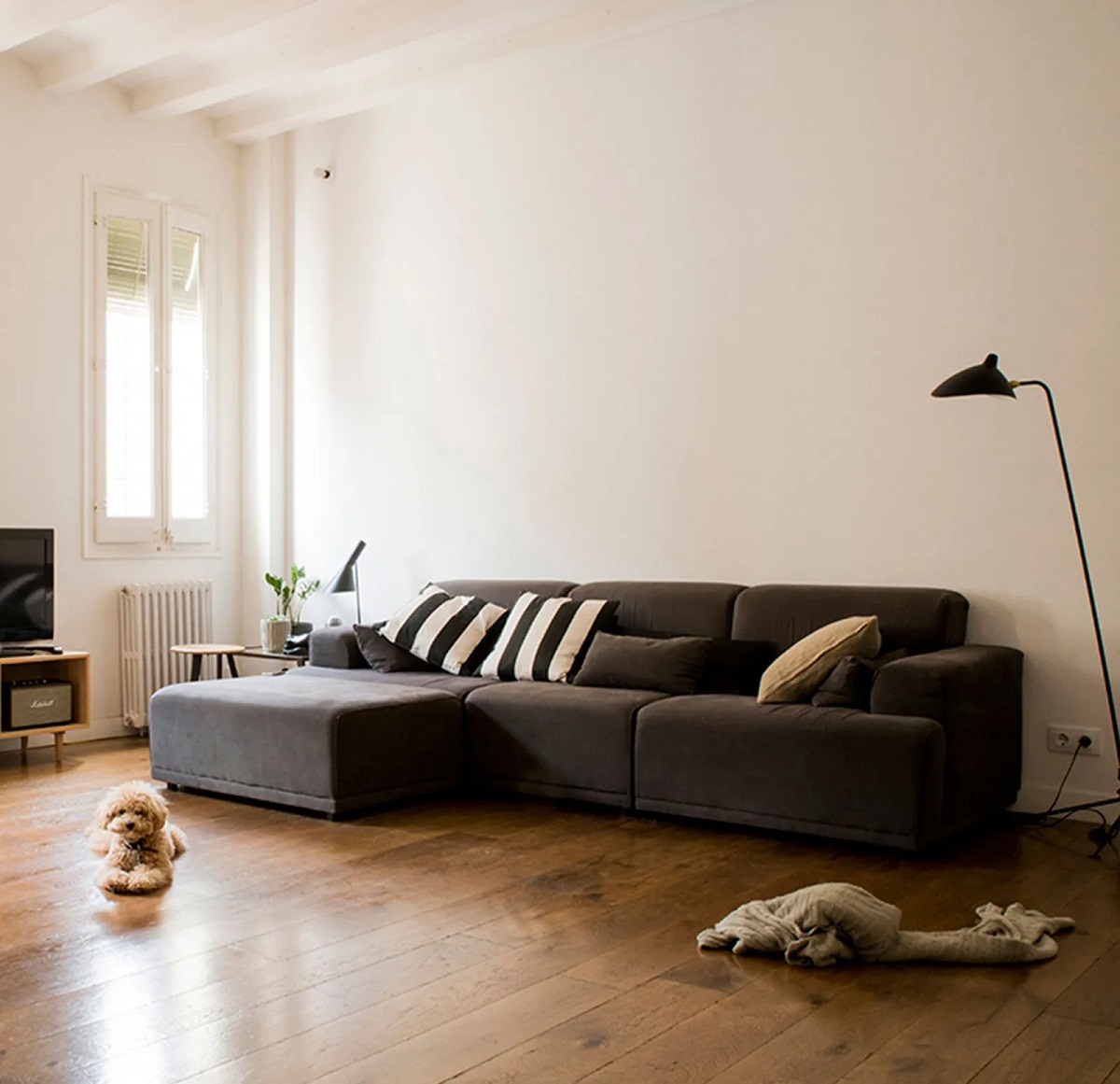
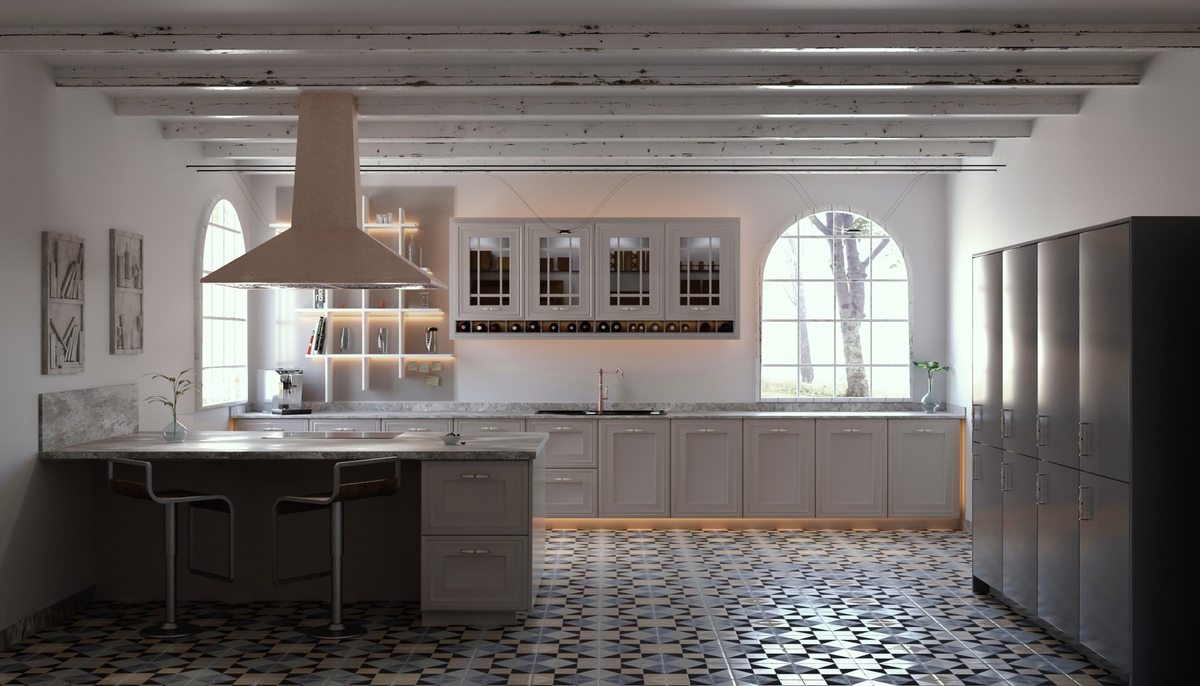
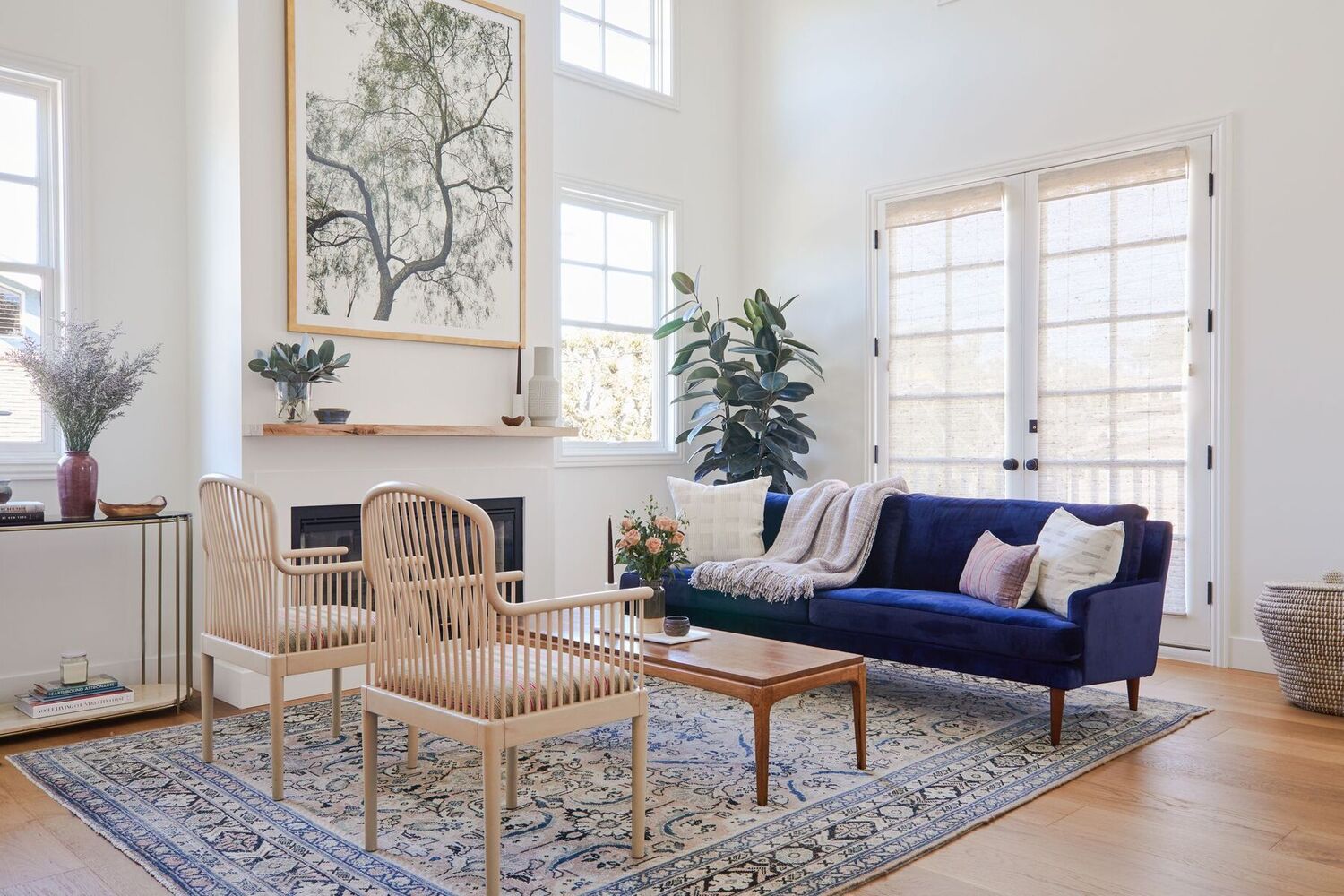
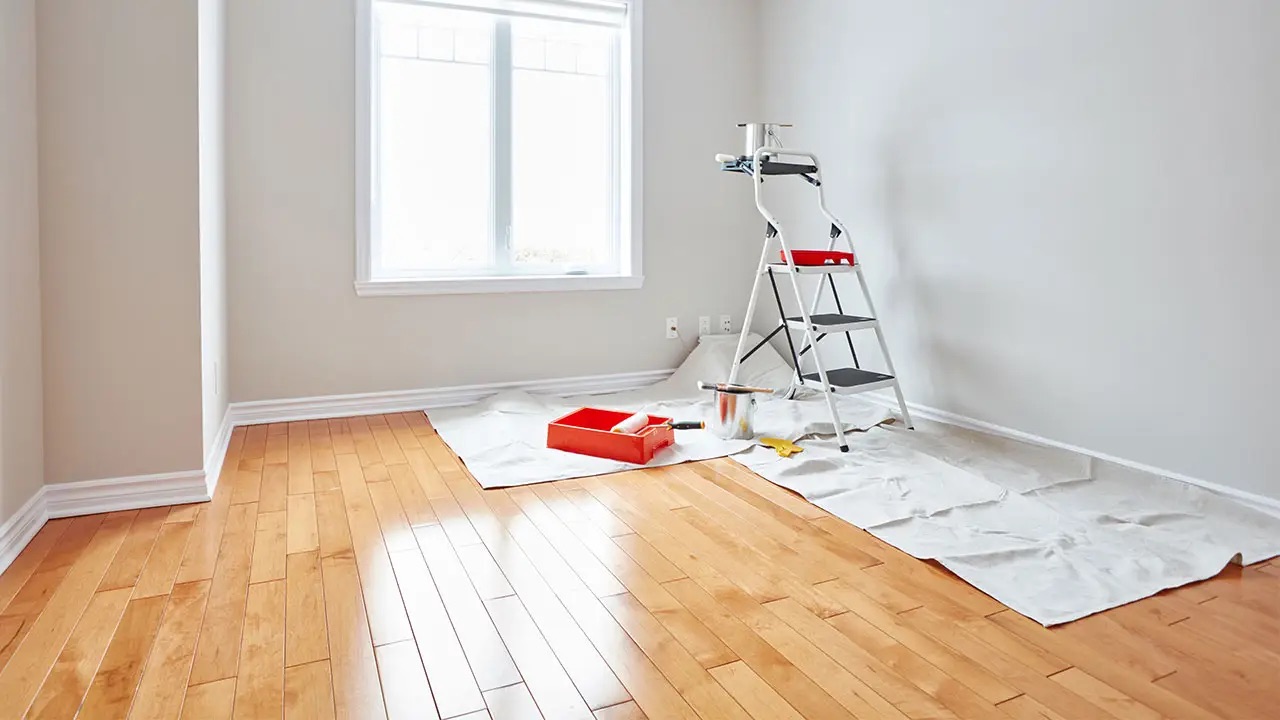
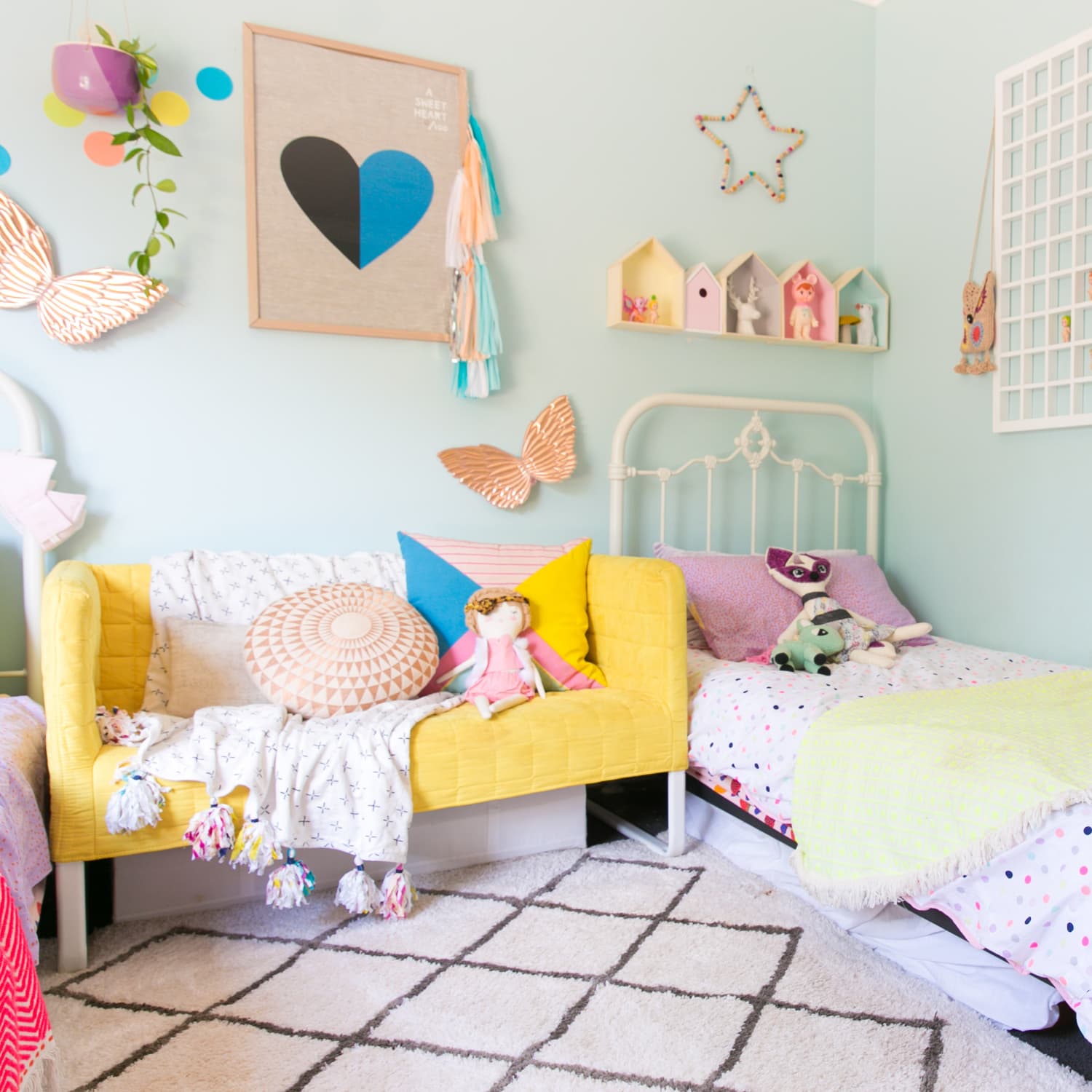
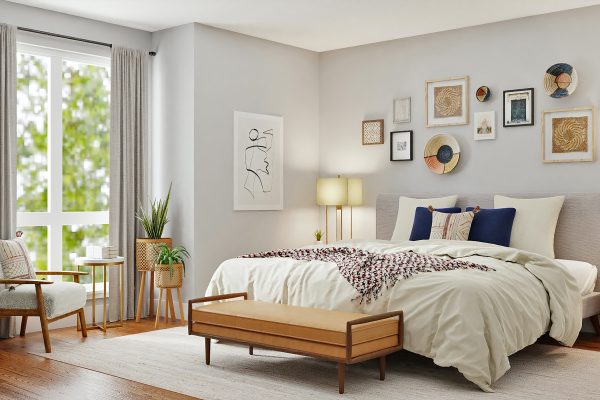
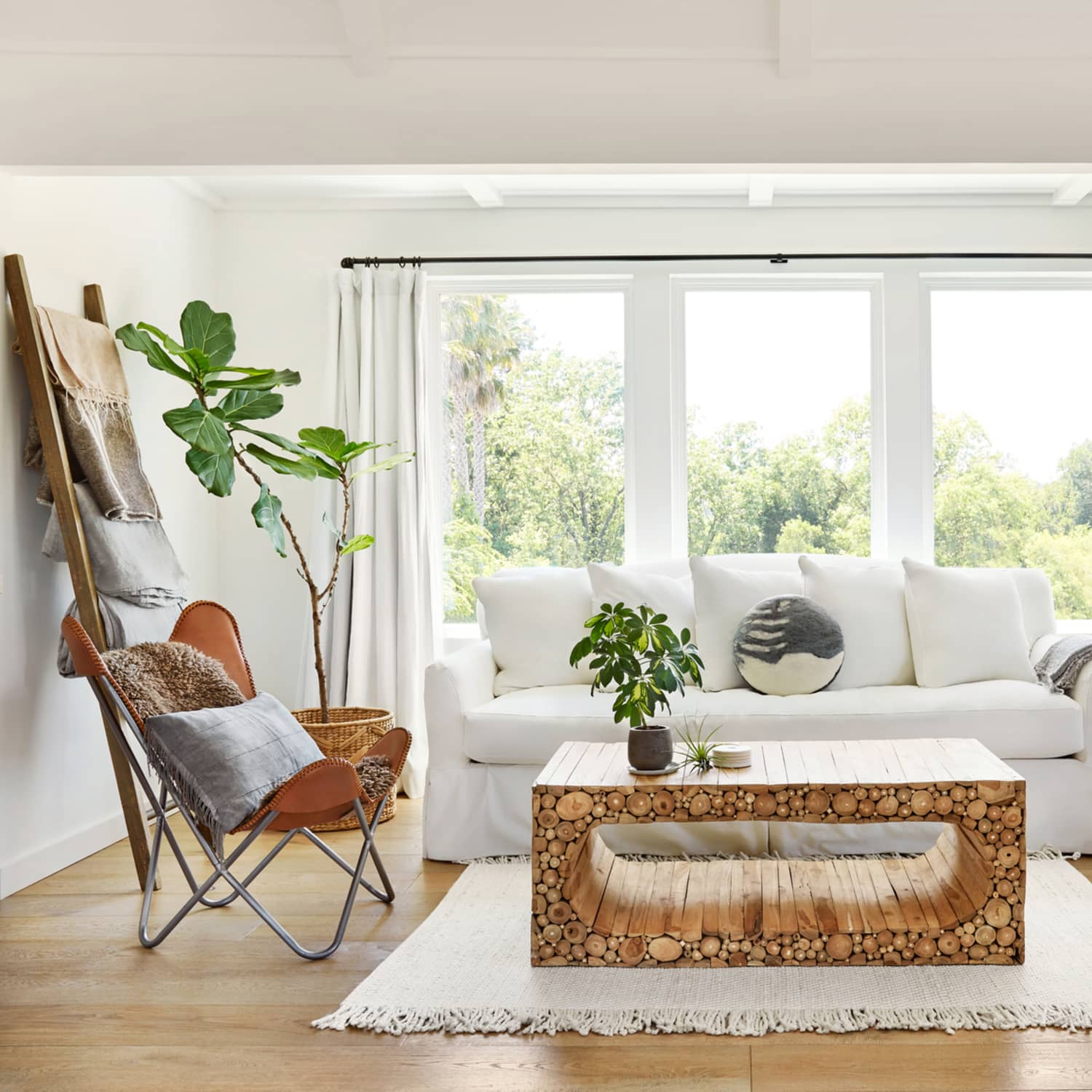
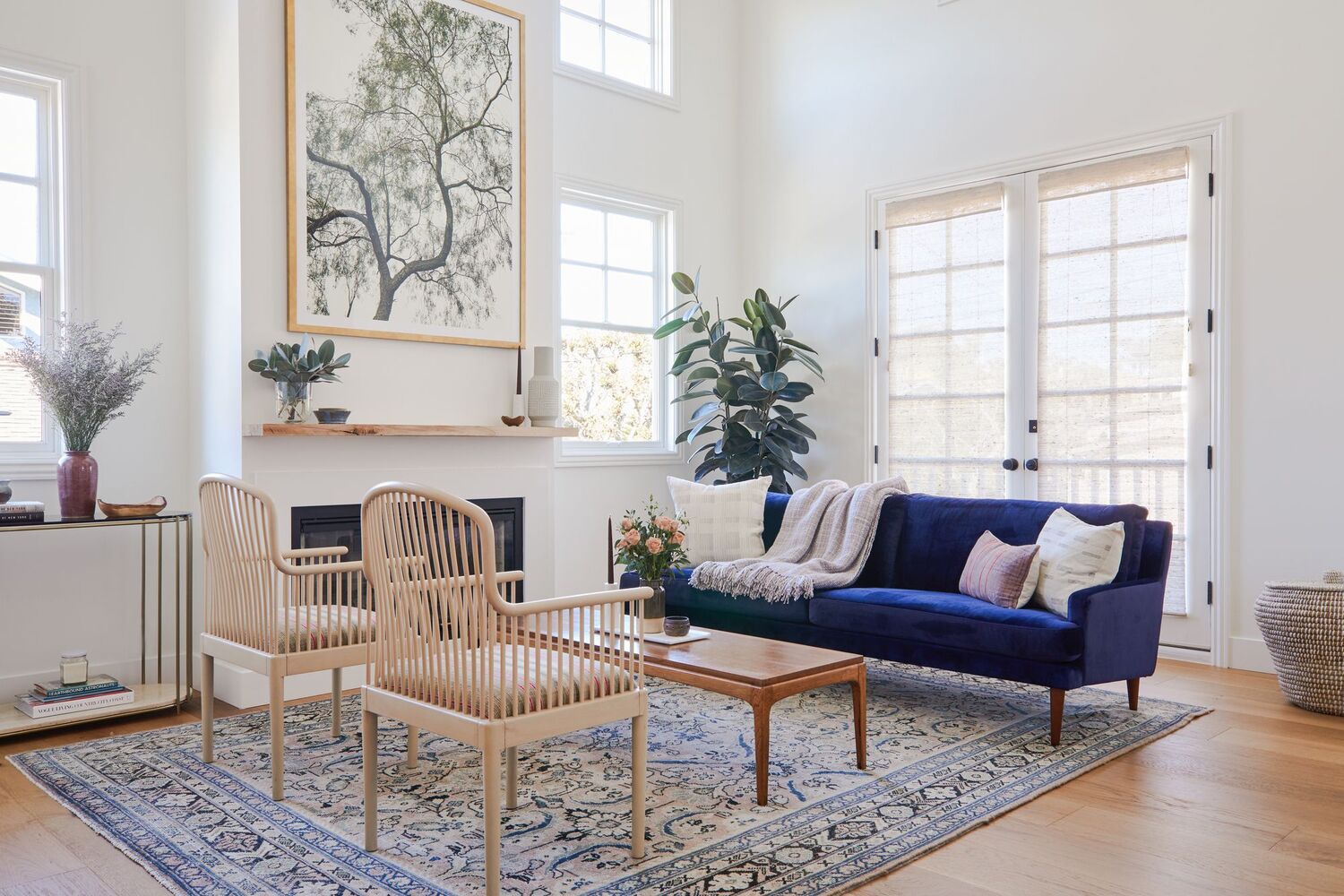
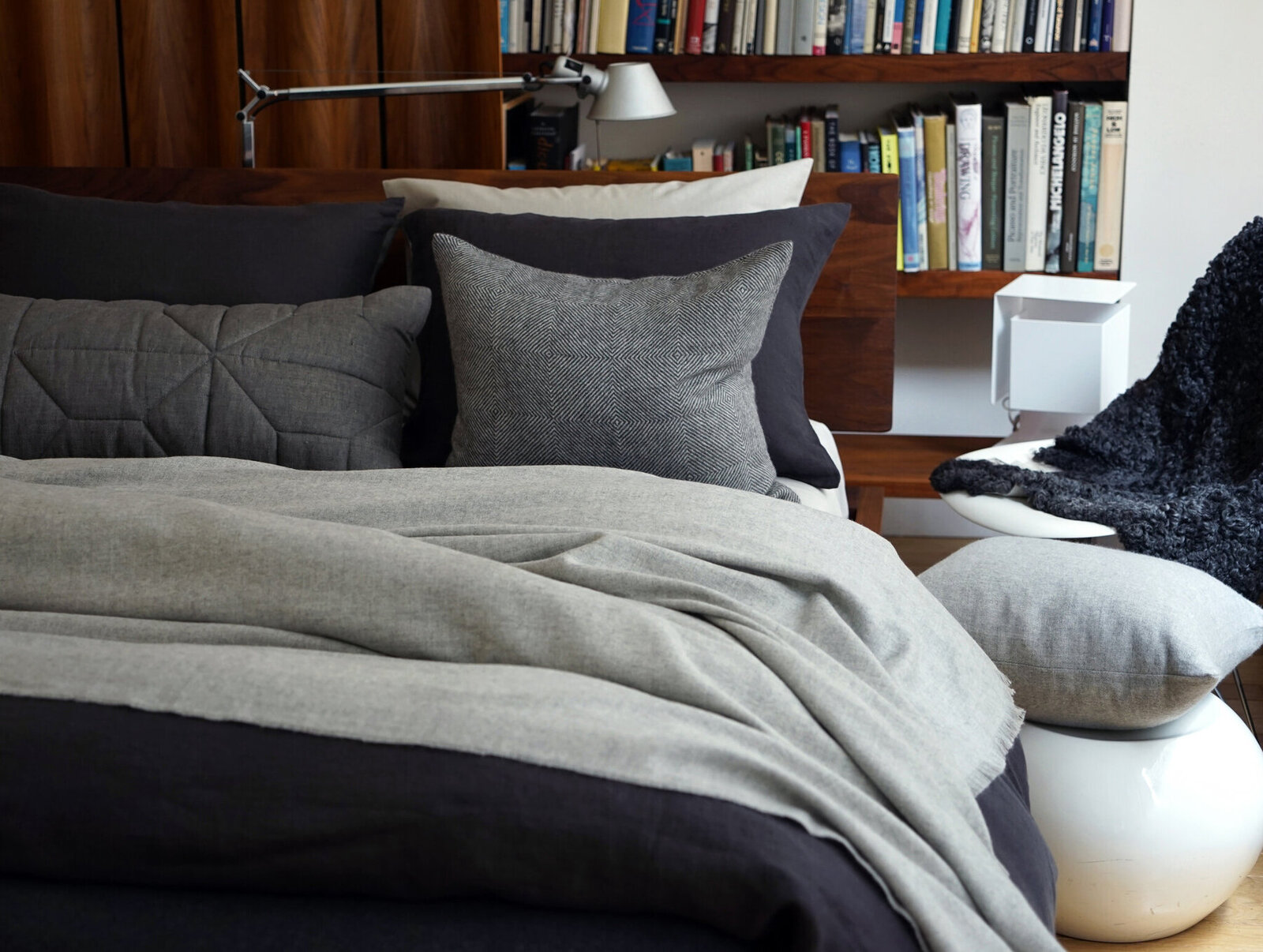
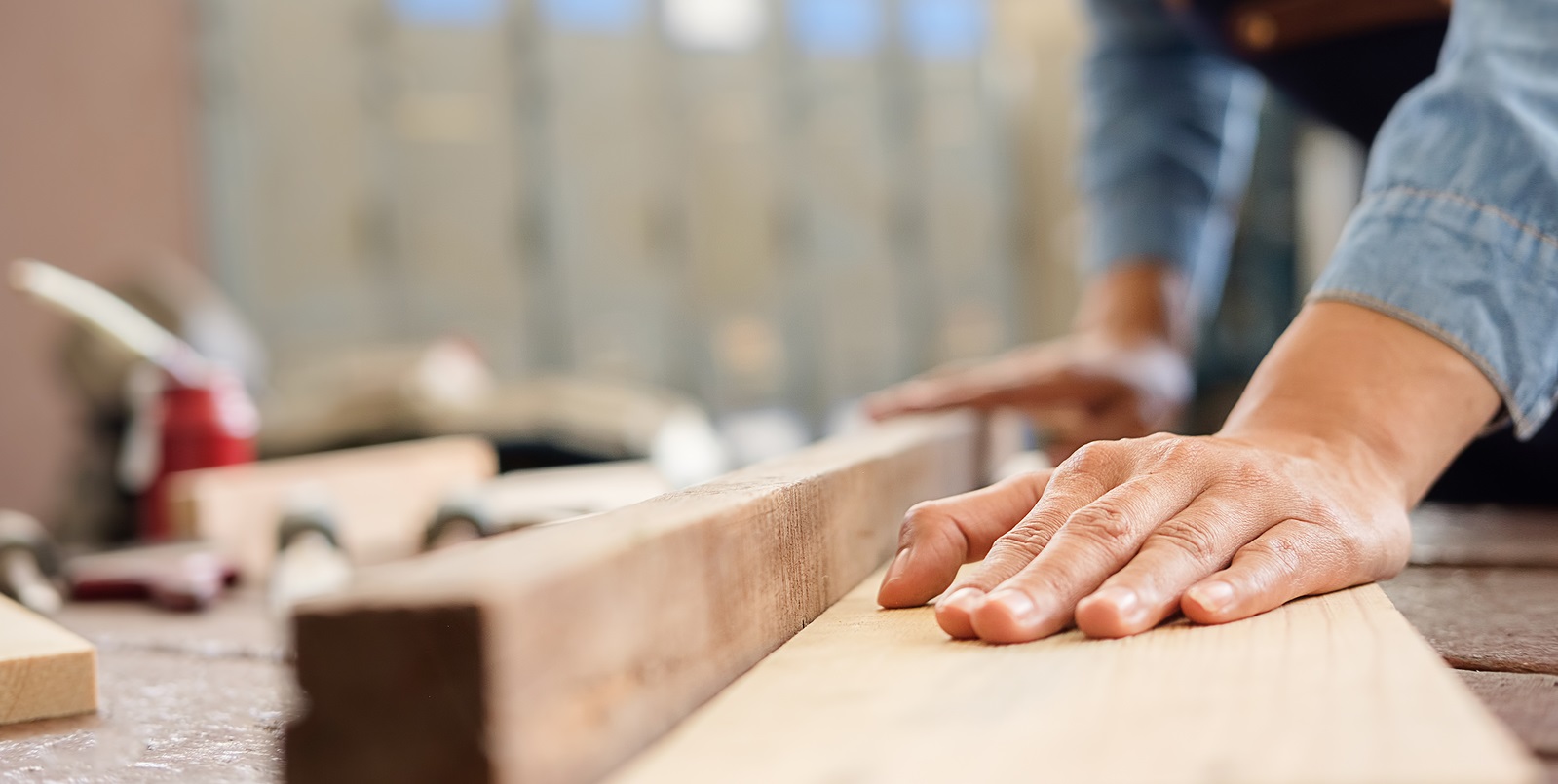

0 thoughts on “The 7 Design Mistakes To Avoid In A Small Home Office”